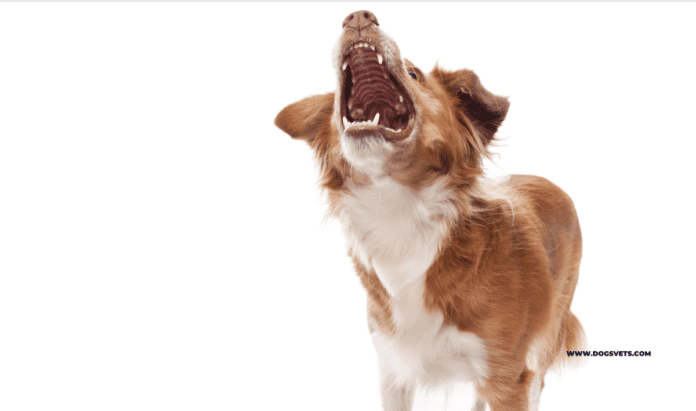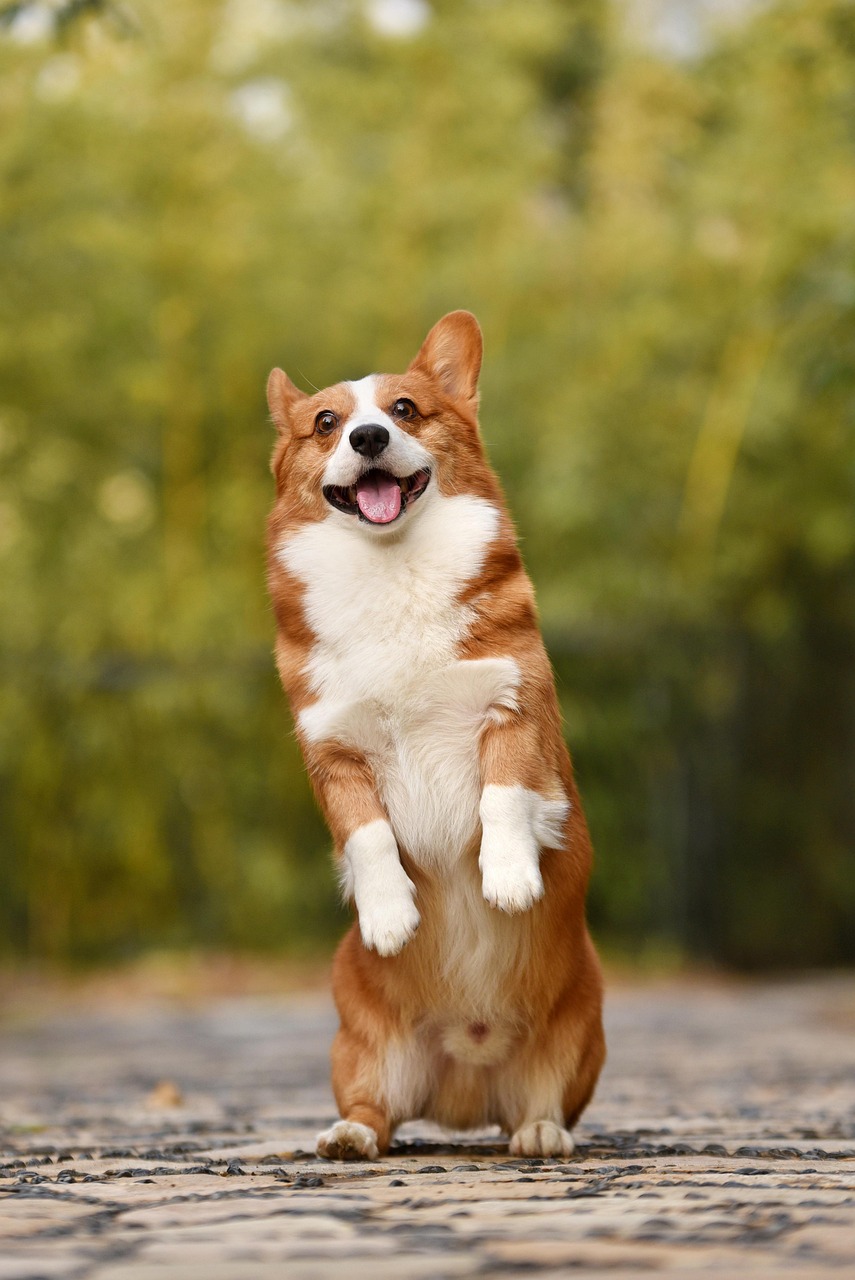Last Updated on April 21, 2023 by Dogs Vets
Which Dog Has the Strongest Bite Force?
As dog enthusiasts, we often hear about the bite force of various breeds.
While some dog breeds have earned a reputation for their incredible strength and power, others are revered for their gentle temperament and affectionate nature.
Regardless of their individual traits, it’s crucial to remember that each breed is unique and brings its own set of qualities to the table.
In this article, we will delve into the captivating realm of canine bite force, and unveil the dog breed with the most formidable bite strength.
Moreover, we’ll discuss the factors contributing to bite force variations and the implications of this trait for dog owners and trainers.
As we embark on this journey, it’s important to understand that bite force is measured in pounds per square inch (PSI), which quantifies the pressure exerted by a dog’s jaws during a bite.
The factors that influence a dog’s bite force include the size and shape of their skull, the muscle mass in their jaws, and their breed’s historical purpose.
From guarding livestock and homes to assisting in hunting expeditions, dogs with powerful bites have served valuable roles throughout history.
However, a strong bite force should not be misconstrued as an indicator of aggression.
It’s essential to recognize that a dog’s temperament, behavior, and potential for aggression are primarily shaped by genetics, upbringing, and training.
Some dogs are known for their incredible strength and power, while others are cherished for their gentle and loving nature. In this article, we’ll explore the world of canine bite force and reveal the breed with the strongest bite.
Introduction to Bite Force
Bite force is the measure of the pressure exerted by a dog’s jaw when biting down. It’s usually expressed in pounds per square inch (PSI). A higher PSI means a stronger bite force.
Top 5 Dog Breeds with the Strongest Bite Force
Based on various studies and expert opinions, here are the top 5 dog breeds with the strongest bite force:
1. Kangal:
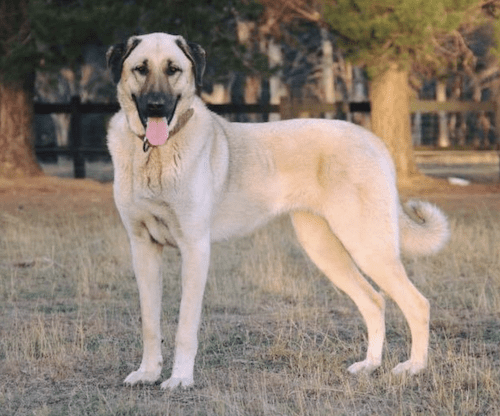
According to various studies and expert opinions, the Kangal, a Turkish breed known for its exceptional guarding abilities, tops the list with a staggering bite force of 743 PSI. This incredible strength allows the Kangal to effectively protect livestock from predators such as wolves and bears.
The Kangals are known for their incredible strength and protective instincts, making them excellent guardians.
2. American Bandogge:
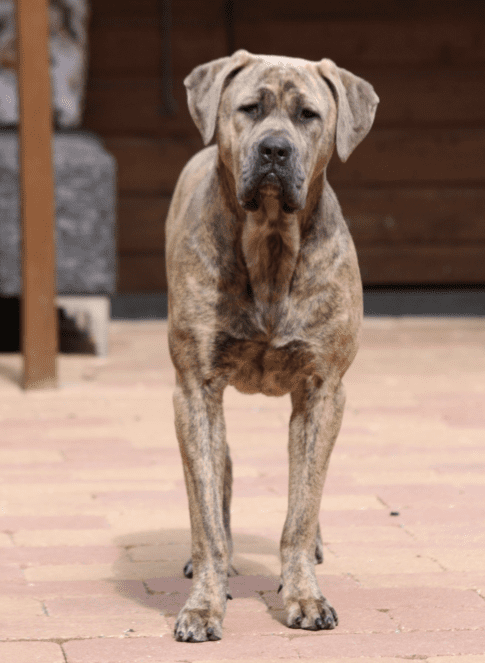
A crossbreed between an American Pit Bull Terrier and a Neapolitan Mastiff, the American Bandogge has a bite force of around 730 PSI. This breed is muscular and athletic, making it a formidable force when protecting its family.
#3. Cane Corso:

An Italian breed, the Cane Corso boasts a bite force of about 700 PSI. They are intelligent, confident, and protective dogs, often used for personal protection and guarding.
#4. Dogue de Bordeaux:
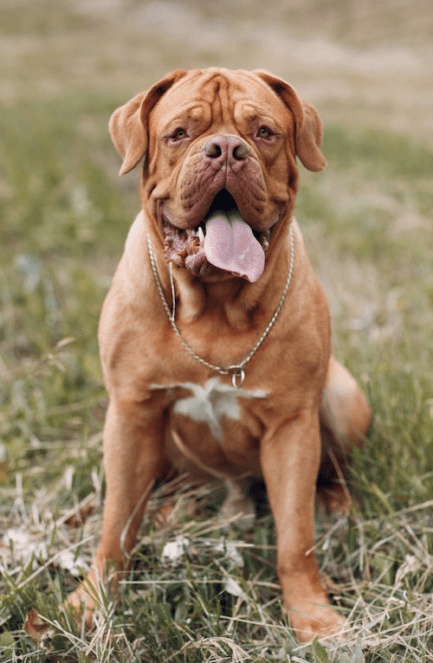
Also known as the French Mastiff, this breed has a bite force of 556 PSI. Despite their powerful bite, they are known for being gentle and affectionate with their families.
#5. Tosa Inu:
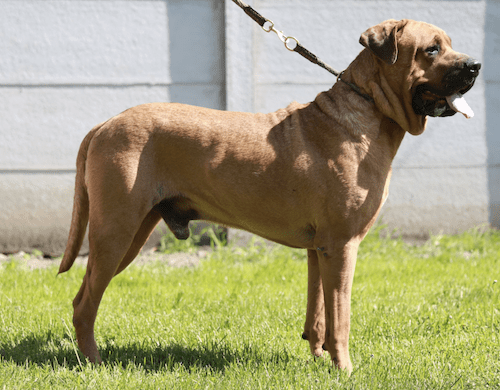
This Japanese breed has a bite force of approximately 556 PSI. They were originally bred for dog fighting, but today, they are cherished for their loyalty and protective instincts.
Why Does Bite Force Matter?
Understanding bite force is important for several reasons.
Firstly, it helps us understand the potential danger a dog can pose if not properly trained and socialized.
Secondly, it allows us to appreciate the remarkable strength and power of these animals, which can be both fascinating and awe-inspiring.
Finally, it provides valuable information for those working in fields such as law enforcement, military, or personal protection, where the strength of a dog’s bite may be a critical factor.
How Bite Force is Measured
Bite force is typically measured using specialized equipment called a bite force transducer. This device is placed between the dog’s jaws, and as the dog bites down, the pressure exerted is recorded and converted into a PSI measurement.
Factors Influencing Bite Force
Several factors influence a dog’s bite force, including:
- Size and breed: Larger dog breeds typically have a stronger bite force due to their size and muscle mass. Additionally, some breeds are genetically predisposed to have a stronger bite.
- Jaw structure: The shape and size of a dog’s jaw play a significant role in determining its bite force. Breeds with broader, more robust jaws can generate more power when biting down.
- Muscle mass: A dog’s muscle mass, particularly in the head and neck area, contributes to its ability to exert force when biting.
- Age and health: A dog’s age and overall health can also impact its bite force. Younger, healthier dogs typically have stronger bites than older or unwell dogs.
- Training and temperament: A dog’s temperament and level of training can influence its willingness to bite with full force. A well-trained dog with a stable temperament is less likely to bite with maximum force compared to an untrained or aggressive dog.
Bite Force and Dog Behavior
It’s essential to note that a strong bite force does not automatically equate to an aggressive or dangerous dog.
Many powerful breeds are gentle and loving with their families, and their strong bite force is simply a natural trait rather than a sign of aggression.
However, it is crucial to train and socialize dogs with a strong bite force from an early age to ensure they grow up to be well-behaved and non-aggressive.
Responsible dog ownership involves understanding your dog’s breed characteristics and providing the appropriate training, socialization, and care to minimize any risk of injury to humans or other animals.
Training and Socialization
Proper training and socialization are vital for all dogs, regardless of their bite force.
For breeds with a strong bite force, early socialization and obedience training are particularly important.
Exposure to various people, animals, and environments from a young age can help your dog develop a well-rounded temperament and minimize the risk of fear-based or aggressive behaviors.
Positive reinforcement training methods, such as reward-based training, are highly effective in teaching dogs appropriate behaviors and building a strong bond between the dog and its owner. Consistency and patience are key to successful training and socialization.
Safety Precautions for Strong-Biting Dogs
If you own a dog with a strong bite force, it’s essential to take certain precautions to ensure the safety of others. Some steps to consider include:
- Secure containment: Make sure your dog is securely contained in your property, with a strong fence and a locked gate.
- Leash and muzzle: When in public, keep your dog on a sturdy leash and, if necessary, use a properly fitted muzzle to prevent accidental bites.
- Supervision: Always supervise your dog around other animals and people, particularly children who may not understand how to interact safely with dogs.
- Obedience training: Enroll your dog in obedience classes to teach them appropriate behavior and commands.
- Liability insurance: Consider obtaining liability insurance to protect yourself financially in case of an incident involving your dog.
Dispelling Myths About Dog Bite Force
There are many myths and misconceptions surrounding dog bite force.
For instance, some people mistakenly believe that smaller breeds cannot inflict severe injuries due to their size. However, smaller breeds can still have a strong bite force for their size and may cause significant damage if they bite.
Another common myth is that certain breeds, such as Pit Bulls or Rottweilers, have “locking jaws” that make their bites more dangerous. This is false; no dog breed has a locking jaw mechanism.
While these breeds may have a strong bite force, it is due to their size, muscle mass, and jaw structure, not a unique locking mechanism.
Conclusion
In conclusion, the Kangal is the dog breed with the strongest bite force, followed by the American Bandogge, Cane Corso, Dogue de Bordeaux, and Tosa Inu.
It’s important to recognize that a strong bite force does not automatically mean a dog is aggressive or dangerous. Many breeds with powerful bites are gentle, loving, and loyal companions when properly trained and socialized.
Responsible dog ownership involves understanding your dog’s breed characteristics and providing the necessary training, socialization, and care to ensure the safety of both your dog and those around them.
By taking the appropriate precautions and investing in proper training, you can help your dog become a well-behaved and beloved member of your family.
Frequently Asked Questions
Q1: Which dog breed has the strongest bite force?
A1: The Kangal, a breed native to Turkey, has the strongest bite force, measuring approximately 743 PSI.
Q2: How is bite force measured?
A2: Bite force is measured using a specialized device called a bite force transducer. It records the pressure exerted by a dog’s jaw when biting down and converts it into a PSI measurement.
Q3: Does a strong bite force mean a dog is aggressive?
A3: No, a strong bite force does not automatically mean a dog is aggressive. Many powerful breeds are gentle and loving with their families. Proper training and socialization are essential to ensure a dog’s good behavior.
Q4: What factors influence a dog’s bite force?
A4: Factors influencing bite force include size and breed, jaw structure, muscle mass, age and health, and training and temperament.
Q5: Are there any myths about dog bite force?
A5: Yes, some common myths include the belief that smaller breeds cannot inflict severe injuries or that certain breeds have “locking jaws.” In reality, no dog breed has a locking jaw mechanism, and smaller breeds can still have a strong bite force relative to their size.
Q6: What precautions should be taken with strong-biting dogs?
A6: Precautions include secure containment, using a leash and muzzle in public, supervision around other animals and people, obedience training, and obtaining liability insurance.
Q7: Is it possible to train a dog to control its bite force?
A7: While it’s difficult to train a dog to control the maximum force of its bite, proper training and socialization can help reduce the likelihood of a dog using its full bite force inappropriately. Positive reinforcement training methods are effective in teaching dogs appropriate behaviors and building a strong bond between the dog and its owner.

